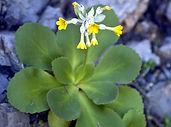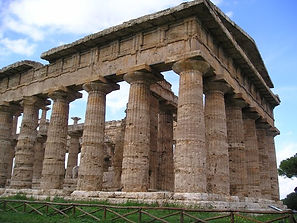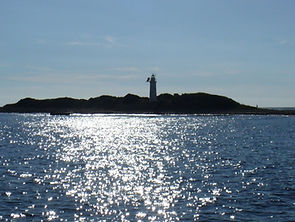

Cilento is a land of myths, poets and singers where a heterogeneous mixture of archaeological remains from ancient civilizations and an amazing natural environment have found their common alcove. Recognized by UNESCO (United Nations Educational Scientific and Cultural Organization) a world heritage to preserve, it is rich in as many natural beauties mingled to classical antiquities as few other places in the world.
The landscape is rich and varied and the sights to visit are of remarkable interest: Paestum and Velia, the naturalistic Oases of Punta Licosa, Persano and Castelcivita Grottoes; the Carthusian monastery of Padula, the Medieval villages of Castellabate and Agropoli are undoubtedly sites worth a visit.
The promontory of Cilento, situated between the gulf of Salerno to the North and the gulf of Policastro to the South, offers a luxuriant natural scenery of rivers, mountains, extensive valleys and gentle hills sloping down into the Tyrrhenian Sea. Here old prehistoric settlements were substituted in time by Greek settlers who founded two among the richest and most important colonies in Western Mediterranean: Poseidonia ( renamed Paestum by the Romans) and Elea (renamed Velia ).
Cilento is also the land which inspired famous Greek myths: the legend of the Sirens island, sung by Homer in his Odyssey, which tells of Ulysses bound to the mast of his ship to avoid being tempted by the enchanting, deceitful singing voices of the Sirens populating the isle of Leucosia (a small island of Punta Licosa); the story of Aeneas’s helmsman Palinuro, killed by the hostile inhabitants of that promontory when a shipwreck caused him to be driven onto the coast, later named Capo Palinuro after him; the myth of Jason and the Argonauts who fled from Colchis to reach the Hellenic Sanctuary of Heraion at the mouth of the river Sele in a place which is renowned still today as one of the most fascinating of Cilento coast.
The place is also historically interesting for the traces left by classical cultures through times. Greek settlements colonised the coastal centres of Poseidonia whose archaeological remains witness the architectural perfection reached by those ancient populations and Elea, an old commercial town, also popular for one of the most flourishing philosophical schools of Western Mediterranean, the Eleatic School, from which the Medical School of Salerno drew its origin and which included outstanding names such as Xenophanes, its founder, Zeno and Parmenides. Elea was also famous as a centre for minting coins together with Paestum. When the Romans colonised the Cilento area transforming it into a Roman province they named Velia and Paestum. The place, when subjected to Rome, was destined to cattle-breeding and land cultivation to supply Roman tables according to the wishes of Caesar Octavianus Augustus.
After the fall of the Roman Empire, Basilian and Benedictine monks settled in Cilento. They built churches and convents around which fervent communities of industrious people created small towns of which Mercato Cilento, neighbouring the convent of Santa Maria delle Grazie and later the Baronia of San Severino, are examples. Through the years these small centres developed into greater communities under protection and patronage of local noble families.
During the XIX century there was a famous insurrection known as ‘Cilento riot’ (1828) against king Francis of Bourbon and the Savoyard invasion of the South of Italy, The Brigandage.
The wish to hand down the richness of its past together with the desire to protect the natural beauties of the territory have made of Cilento one of the first national protected parks in Italy and placed it into the prestigious network of Mab-Unesco Reserves (Man and Biosphere-Unesco) so as to preserve biodiversity and promote the culture and the nature of these places.
In 1998 the whole territory of Cilento (including Velia and Paestum) was added in the list of the places considered Patrimony of Humanity. The acknowledgement of its merits can be synthesized in the motivation for the inclusion which says: ‘Cilento is the matching point of the sea and the mountains, the West and the East, northern and African cultures.







